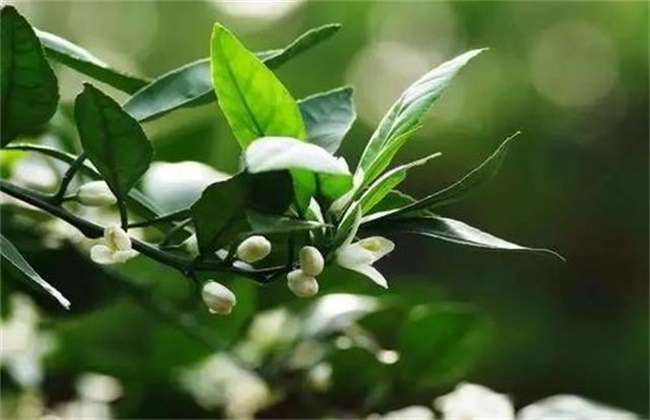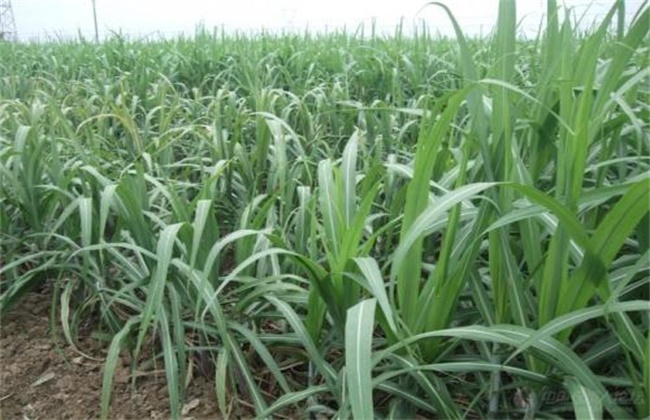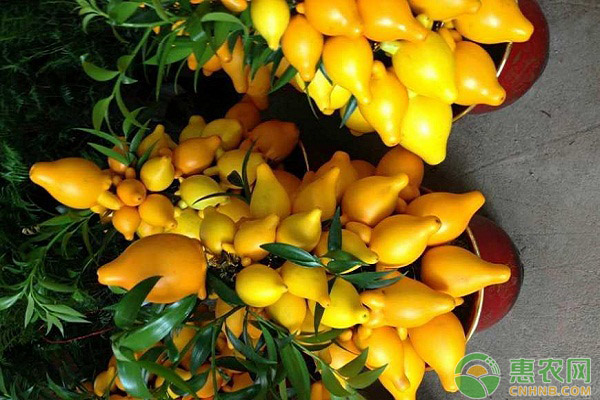Key points of management techniques of citrus in spring
Spring is the key period for citrus shoot emergence, flowering and fruit setting, as well as the prevention and control of diseases and insect pests. At this time, the management of citrus is very important, and a little carelessness will seriously affect the yield and quality of citrus. Let's take a look at the key points of citrus spring management technology with the editor.

1. Dig deep into the soil
If the soil is not ploughed in winter, before the root system begins to germinate in spring, a comprehensive renovation should be done to remove weeds, reduce diseases and insect pests from the source, and also help to improve the soil structure, make the soil loose and breathable, and promote new roots. However, when ploughing the soil, we should also pay attention to the shallow ploughing of young trees, so as not to harm the roots, and cover the soil in time after deep ploughing. When the temperature is low, it can be properly covered to prevent the trees from being damaged by ventilation and freezing roots.
2. Protect flowers and fruits
The work of strong flowers and fruits should be done well in advance from March to April. during the period of young fruit development and branch growth, reproductive growth and vegetative growth often go hand in hand, which will lead to the phenomenon of less flowers and less fruits or more flowers and fruits. Therefore, for this phenomenon, timely measures should be taken to protect flowers and fruits, which can be taken with fertilization, or spraying plant growth regulators. For the fruit trees with too many flowers and fruits, properly control the flowers and fruit, trim some of the branches too densely, shake the trees properly during the flowering period, and remove the excess fruit according to the leaf-fruit ratio at the end of physiological fruit drop.
3. Shaping and pruning
Spring pruning is mainly sparse pruning, the purpose is to maintain good tree permeability, can be carried out in February-March, combined with postharvest pruning or thinning dense branches, flower quality, etc., to promote the sturdiness of flowers and fruits and reduce diseases and insect pests. Mainly pruning disease and insect branches, weak branches and residual branches, cross-dense branches, for tree-type dense plants can be thinned and retracted big branches, do not leave stakes, should not be cut short; for strong and prosperous trees, it is not suitable to cut off winter shoots, so as not to trigger more spring shoots, break the balance of trees, and affect fruit stability; for weak pigs, they can be cut short to promote shoots and cultivate crowns.
4. Diseases and insect pests
It is necessary to pay special attention to flower bud maggots, thrips, aphids and whitefly at flowering stage. Thiazide + cyhalothrin can be used for control, while avermectin and mites can be selected for control of leaf miner and red spider. The disease is mainly accompanied by high temperature and humidity, so it is necessary to do a good job in the prevention of canker, brown spot, gray mold and scab before the rainy season.
The above is the introduction of citrus spring management technology, hope to help you, want to know more related knowledge, please follow us.
Related
- Moge, come on! The staff of the peasant association in the producing area of cantaloupe were frightened when the crowd gathered.
- Causes and Solutions of low Fruit setting rate of Apple
- Symptoms and control measures of passion fruit virus disease
- Fruit growing lesson: how do apple orchards keep high yields?
- Can you build orchards in the mountains? What are the pros and cons?
- How to manage the coloring period of Crisson grape?
- This paper introduces the processing technology of two kinds of fig products.
- How much is a month for retired teachers in rural areas by 2020?
- How can strawberry planting increase sugar content? We should pay attention to management in many aspects.
- What are the cultivation techniques on how to improve the yield of golden fruit?



